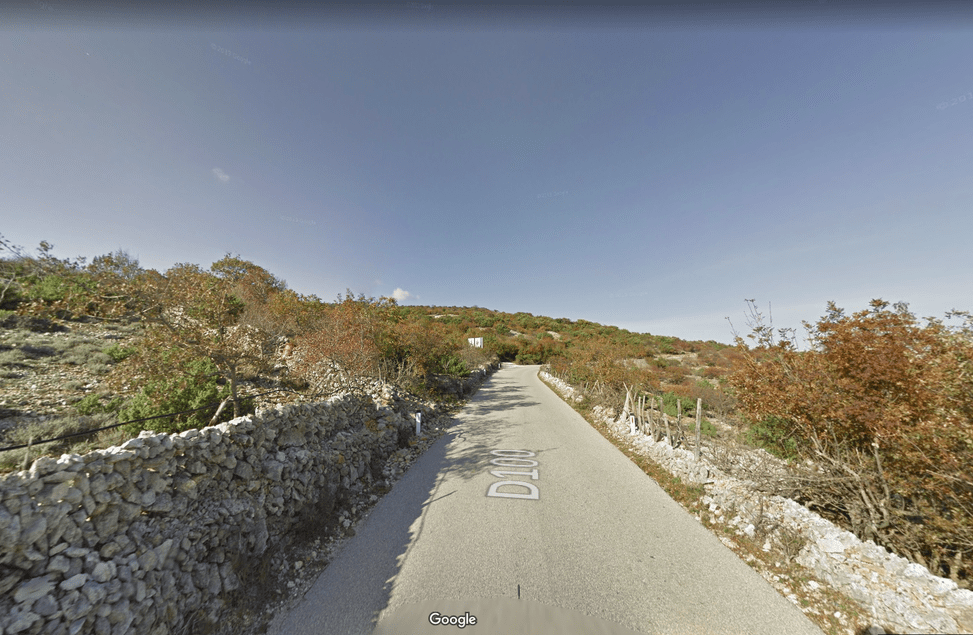Two very different destinations, two common traits they share
Everyone who’s ever been on a car ride with me could tell you that I tend to get irrationally excited over the view from my car window. I swoon over pinky clouds in sunset, I sigh at the sight of lush green meadows and cultivated plains laid out along the highway. Scenery aside, it’s animals that get me the most. Horsies!, I exclaim when driving by some horses. Cows!, I announce with child-like glee. Sheep! That’s when I get annoying. I love sheep and I have an incessant drive to inform everyone about it. Not everyone is interested.
I don’t care much, though, and I continue to be unabashedly delighted during every single trip to Krk, Cres, Lošinj or any other Kvarner island. Krk and Cres are known for its sheep (well, its lamb, but we’re not going down that road today) that roam around freely, grazing Mediterranean herbs along the way, stopping on the side of the road to take a break and watch the cars driving by. Step off the ferry on Cres, and it won’t be a full minute before you bump into a woolen welcoming committee.
When I was younger, we used to play ‘count the sheep’, failing to keep track every single time. There are so many of them, I now get worried when I get from one side of Cres to the other without spotting a friendly creature. Friendly, but stubborn – it’s not a rare occurrence to come across a sheep that decided to lie down in the middle of the road, unperturbed by the possibility of getting run over. They know you’ll stop, so you stop, and they stare you down and make you wait as long as they see fit. Island roads can be very narrow at certain points, which means there’s no chance of carrying on until the sheep has had its midday break. Mediterranean as it once was!
Far away from the Adriatic, in a somewhat cooler climate, local fauna seems to be much more efficient. Meet the sheep of Faroe islands, a volcanic archipelago that’s part of the Kingdom of Denmark and located between Norway and Island… and that’s now featured on Google Street View thanks to its four-legged residents.

The streets and roads of Faroe islands were nowhere to be found on the service, until a former employee of the local tourist board launched a campaign to get Google’s attention. Durita Dahl Andreassen strapped solar-powered 360-degree cameras on backs of multiple sheep and let them go about their business, later uploading photos and videos on Google Street View herself. Not only the initiative got the tech giant’s attention, it sparked interest worldwide, making international headlines and delighting people all around the globe.
As it goes with most ingenious ideas, this one was simple at its core – employing some sheep to document their habitat makes perfect sense, as it’s estimated that 80.000 sheep currently live on the 18 Faroe islands, outnumbering the human population by 30.000. They are such an iconic image, even the islands themselves get their name from them: the Faroe islands translate to ‘islands of the sheep’, according to Washington Post.
The project was dubbed ‘Sheep View 360’ and quickly proved very successful, as it didn’t take long for Google to call it ‘shear brilliance’ and provide the Faroese with a Street View Trekker and 360-degree cameras. Some outside (human) help was needed, as the primary camera operators didn’t take a liking to following roads and defined routes but tended to roam the hills instead. Thus the project was expanded to include tourists and locals who have installed their cameras on selfie sticks, bikes, cars, horses, kayaks, and even wheelbarrows. Sheep View also influenced the tourism industry on the islands; after people started to explore the Faroes online, some were quick to fall in love and book a trip to the destination, resulting in a 10% bump in the tourist traffic in 2017.
Look to the Adriatic, and you’ll see Cres and its neighbours are already featured on Google Street View. I was pleasantly surprised to find out the service doesn’t only cover inhabited places, but the island roads as well:

To be fair, implementing the Faroese project on our coast would be next to impossible, as the local sheep probably wouldn’t take a liking to being ordered around. If you strapped a camera on a sheep on Cres, it’s very likely the said sheep would just plop to the ground and refuse to move. There’s a bigger chance you’ll spot a sheep on Street View than make one participate in its development.
All jokes aside, the project remains a great example of a successful PR campaign that put a smile on people’s faces along the way – and resulted in a lot of entertaining footage. It only goes to show the tourism industry could always use some creativity and humour; to quote David Castro González de Vega, a Google Maps Program Manager… if there’s a wool, there’s a way.


